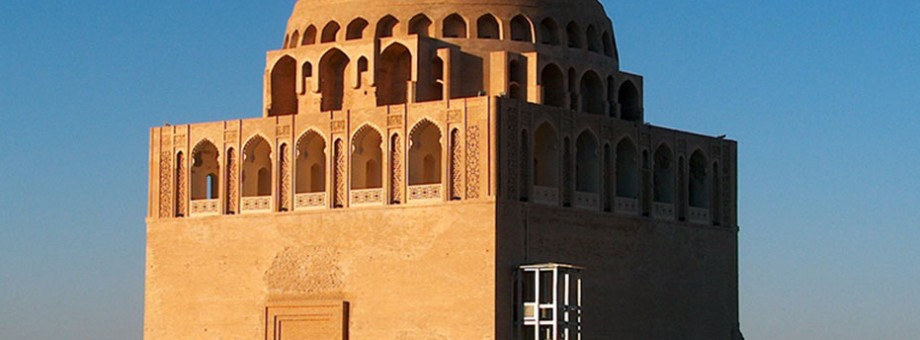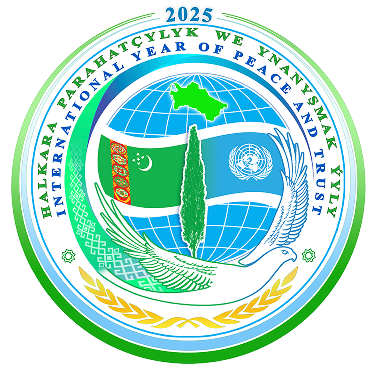Once Merv like Baghdad, Cairo or Damascus, was considered one of the important capitals of the Islamic world

Ancient Merv – the Soul of Kings. The great Central Asian city, long ago known as Maru-shakhu-jan (Mary – the Soul of Kings), was founded in a fertile oasis of the Murgab River. It includes a system of nearby ancient settlements from different historical epochs, although in other ancient cities new settlements were traditionally built at sites of the old ones. This makes the city totally unique. The settlements of Ancient Merv cover an area of thousands of hectares today!
Erk-kala, Gyaur-kala, Sultan-kala, Abdullakhan-kala – each of these names is associated with the many-thousand-year history that saw the rise and fall of kingdoms and dynasties, wars and constant revival. Today, it is truly an archeological heaven for scientists who come from different countries to carry out excavations and continue the scientific traditions of their predecessors that studied Merv from the late 19th century.
To recognize the enormous significance of the ancient historical monuments located there, “Ancient Merv” State Historical and Cultural Reserve was established by a government decree; the entire complex of invaluable monuments was listed by UNESCO as a World Heritage site in 1999.
Once, Merv, like Bagdad, Cairo or Damascus, was regarded as one of the most important capitals of the Islamic world. In those times, Merv was one of the most beautiful cities of the East. In the early 9th century, the Khorasan ruler of the Arab.
Caliphate al-Mamun, the son of the Caliph Harun al-Rashid, came to reside in the city. In 813, al-Mamum became caliph; however he continued to live in Merv for a long time after that.
Historians claim that in that period of time, Merv was in fact the Caliphate’s capital – all orders and appointments in the entire Arab state were made from there. The city saw then the glorious period in its history although during a short time.
Merv reached its zenith in the 11th - 12th centuries under the rule of the Great Turkmen Seljuk sultans, whose empire stretched from the lower Amudarya to the Mediterranean Sea. In the reign of Melik-shah, Merv’s fortification structures were reconstructed. The city grew rapidly. It was at this time that it was nicknamed “The Soul of Kings”. The epoch marked a great cultural revival, when the best scientists of the Muslim world, poets, artists and architects, who bequeathed their undying works to their ancestors, came to Merv.
In 1118, the last Seljuk ruler, Sultan Sanjar, made Merv the capital of his vast empire. The countless treasures, collected there, allowed building castles, mosques and palaces.
Located in what was the center of Sultan-kala, the Seljuk part of the city of Merv, is the biggest ancient structure in Turkmenistan – the Mausoleum of Sultan Sanjar. The earliest mention of the city is in works by medieval authors. The famed Arab traveler, geographer and historian Yaqut-al-Hamawi, who visited Merv in the early 13th century, before the Mongol invasion, wrote about this building: “it was topped by a blue dome that could be seen from a day’s journey away.”
Even after the destruction brought about by the hordes of Genghis Khan, those who saw the Mausoleum of Sultan Sanjar wrote that “it is the tallest building in the world” (Rashid-ad-Din, 14th century) and “one of the greatest buildings in the world; it is so strong that it cannot be damaged” (Isfizari, 15th century).
400 years later – in 1880 – Edmond O’Donovan, a reporter from the ‘The Daily News’ (a newspaper published in London), visited Merv and wrote: “The tomb of Sultan Sanjar is a place of pilgrimage, and no Turkmen goes by without paying tribute to the memory of the diseased ruler”.


 NEWS
NEWS